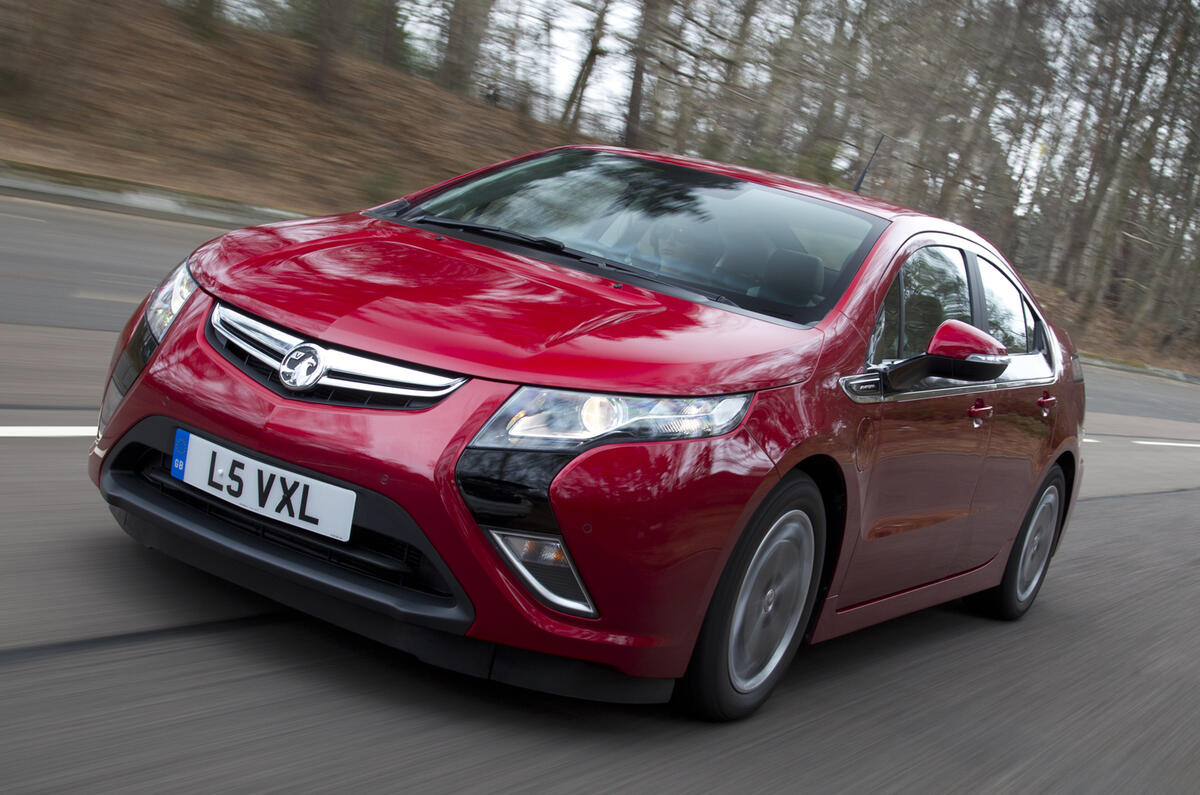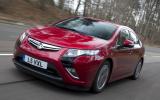Changes to the London Congestion Charge mean that vehicles which fall above the 75g/km CO2 emissions threshold will soon be charged for going into the capital.
Now standing at £10 a day, the fee is levied on motorists who enter the area bounded by London’s inner ring road on weekdays between 7am and 6pm. Those who fail to pay up risk getting their number plate snapped by the ANPR cameras that surround the zone, and paying a £130 fine.
Since 2008, cars with emissions of less than 100g/km CO2 have been exempted from the charge. From this month, however, some of those vehicles place above the new threshold, and so will have to pay the charge. Worry not, however, because the Government has implemented a 'sunset period' lasting until July 2016 for those owners to either pay up, or find a new car.
If you are in the market for a super-frugal, congestion charge-beating car, here's Autocar's top picks.
1. Citroen C-Zero / Mitsubishi i-Miev / Peugeot iOn - £25,486/£28,990/£25,500 – 0g/km CO2
These triplets are all based on the chassis of the Mitsubishi i-Miev. As with Mitsubishi's city car the small footprint, good visibility and tight turning circles found in these models make them ideal for the city. The 63bhp electric motor in the i-Miev provides good acceleration to 30mph but isn’t at home outside of stop-start city traffic. Faster driving, especially in winter, will see a signification reduction from the claimed range of 93 miles.
2. Nissan Leaf - £25,990 – 0g/km CO2
The Nissan Leaf enjoys high levels of comfort and refinement, despite losing some of its space to large battery packs. Equipment includes a sat-nav that shows charging points along the route, and air conditioning that can be controlled from your smartphone. The second generation version has a claimed range of 124 miles, and can be fully recharged in just four hours when using a fast-charger.
3. Renault Twizy - £6795 – 0g/km CO2
Officially, the Renault Twizy is classed as a quadricycle rather than a car. With a top speed of 50mph, and a range of just 50 miles, it’s definitely designed for the city. Windows, and even doors, are optional extras, while luxuries like air-conditioning, a heater and even a radio just aren’t available. But if any car deserves the label ‘go-kart handling’, it’s this. What the car lacks in practicality, it makes up for in fun and personality.
4. Renault Fluence - £17,495 – 0g/km CO2
The Fluence is part of Renault’s four-pronged electric vehicle line-up, along with the Twizy, Zoe, and electric Kangoo Van. It has strong acceleration, but is limited to 84mph to conserve energy. The 1605kg weight means it’s not suited to sporty driving, but rather encourages a more relaxed style. The range is 125 miles, and a full charge costs less than £3.




























Join the debate
Add your comment
Old habits die hard
Toyota Prius, Vauxhall Ampera, Porsche Panamera and Volvo V60 (albeit diesel) are pretty much normal cars although they are capable of going quite a few miles without adding any harmful emissions in our environment.
This range is crucial. On the web you do come across folks whose daily commute lets them drive 1000s of miles per gallon in electric mode without experiencing the range worries normally associated with the electric only vehicles.
Among the pure electric cars, Tesla Model S Performance stands out thanks to its good looks. 250-mile range makes it pretty much range anxiety free - at least for the majority of drivers. And its fast. Real fast. M5 type fast. Yet more spacious and luxurious.
Tesla's good looks and impressive range come at a price - a hefty price. Renault's Zoe isn't bad looking either. And in this picture at least the Fluence doesn't look half bad either. Twizy can't be called a car though by any stretch of imagination.
Then we have the pioneering Nissan Leaf - not a looker but certainly better looking than the Peugeot / Citroen / Mitsubishi triplet. Even if there was a mad rush for EVS, you'd still think twice before buying one of these. What were they thinking?
Hmmm ...
So we have a list of 10 cars (and one glorified mobility scooter) of which less than half cost less than £20K ... Those who can afford to buy the remainder wouldn't be bothered by the £10 charge anyway ...
The London Congestion Charge is the biggest con going and has nothing to do with congestion ... It is merely a way of extracting additional money to (apparently) fund the public transport infrastructure ...
The clue is in the title. It
The clue is in the title. It is a congestion charge. So why can a five meter long car be excempt, when my Smart fortwo is not?
And if you are going to go down the emissions route, why aren't taxi's getting hit? Especially the older ones.
Is it just me??!!
Is it just me, or does it seems rather silly to spend, at the very least, £7k on a Renault Twizy to save a congestion charge of £10 per day? Surely congestion is caused by the number of vehicles rather than how much they emit and, on another topic, how long before the rate is based on 75g/km as well to qualify for exemption from VED. Luckily I live in Scotland and, at the moment, we don't have a congestion charge in any of our cities. No doubt we will, in the future!
Maybe because if you drive in
it pay it every day.
n50pap wrote: Is it just me,
Maybe because if you drive in there every day the £10 per day would have paid for your £7000 car in under two years. Even if you had to get a loan for the car the £10 per day would cover it then at the end you have a free car instead of filling the governments pockets even more. Surely for anyone with half a brain this would make sence. Its different if you go there once a week but im sure the large percentage of people that pay it pay it every day.
You'd save enough to buy a dictionary!
It probably does make sense, if you're travelling in every day, but I think the point is to persuade drivers to find an alternative way to get to work. Fair enough a Twizy would pay for itself in two years, but I can't see spending teens of thousands on a car as economic sense.
Of course, I've only got half a brain!......but I can spell!!!!!